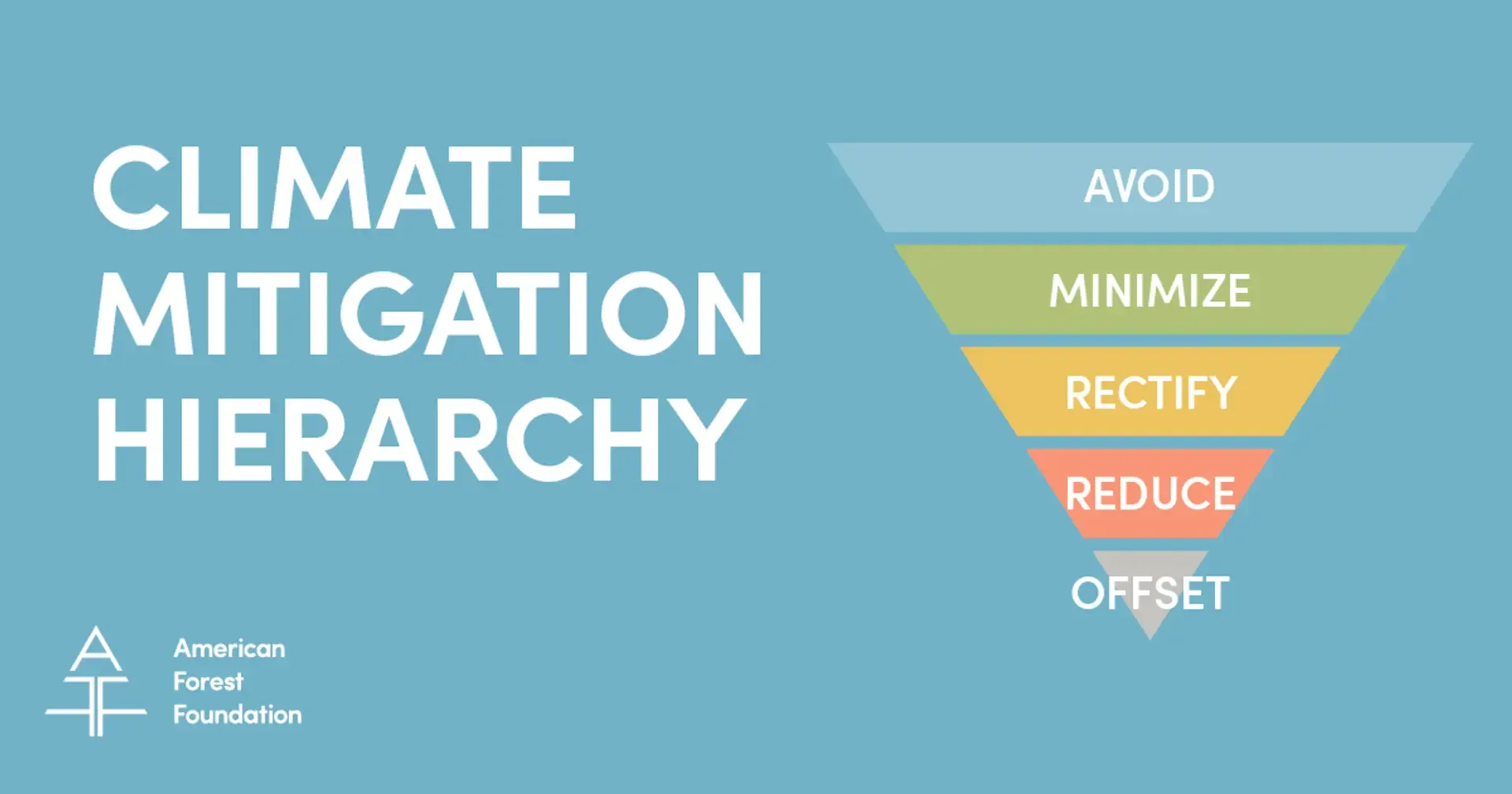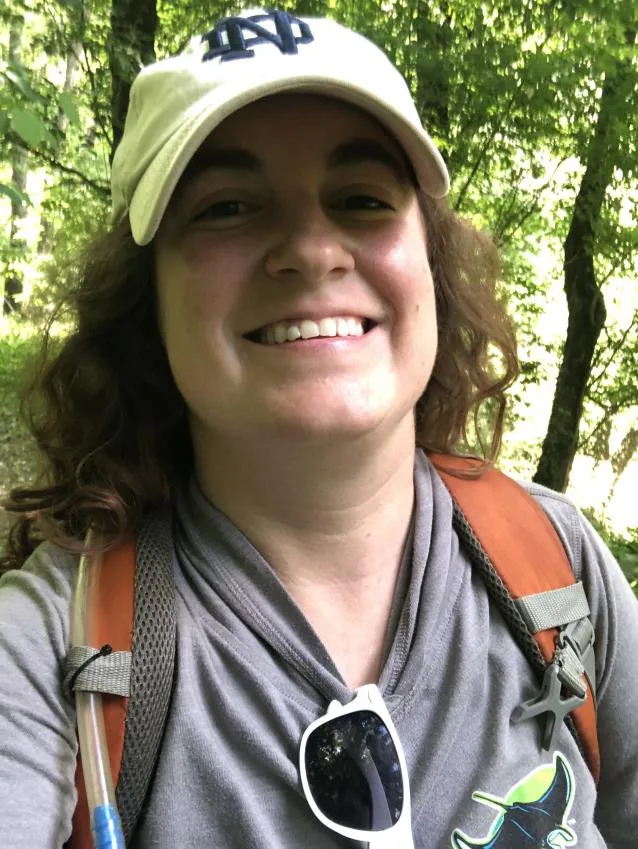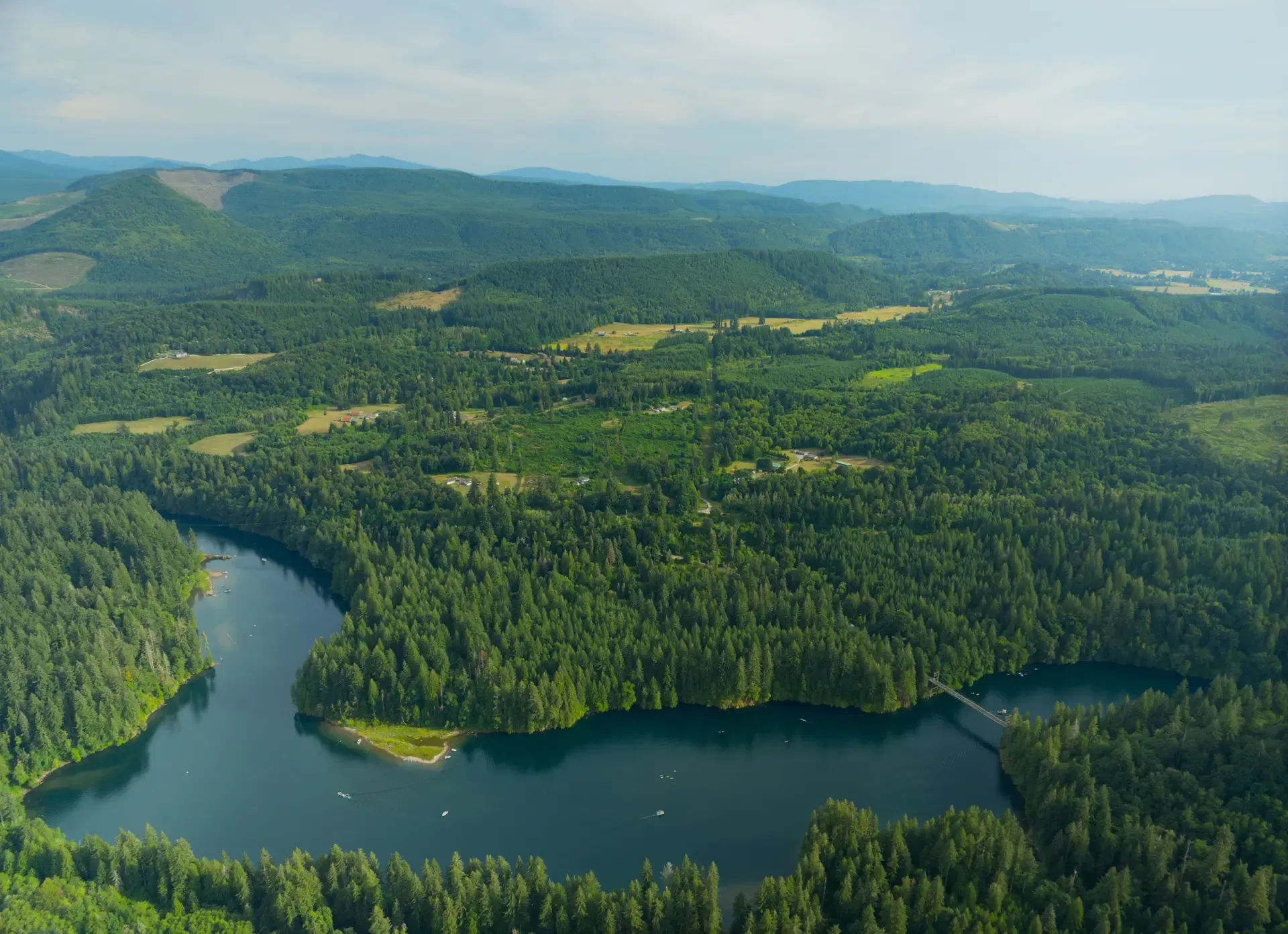Not All Carbon Programs Are Created Equal: Advancing the Integrity of Offsets

The rapid emergence of the forest carbon market can leave some wondering how it all works and what impact it really has on climate change. Carbon markets are complex and it’s important to understand how they fit into organizations’ net-zero efforts. Confusion around this complexity can often lead to arguments against them laden with misinformation and misdirection. Critics will often focus their critiques on one specific program and then inaccurately apply their analysis to the entire carbon market. But here’s the problem: not all carbon programs are created equal.
Given the urgency of our climate crisis, we must bring the latest science together with the highest standard of excellence to continually improve carbon accounting to provide measurable and meaningful impact.
The team behind the Family Forest Carbon Program is committed to driving real, measurable impact on climate change through family forests. Everyone has a role to play in the fight against climate change — from America’s 21 million family forest owners to the world’s largest companies. But in order to do so, everyone must be dedicated to a high and meaningful standard of ethics in their approach. We are setting that standard for high-quality, high-integrity carbon programs — both in the way we select who we sell our verified carbon credits to, and in how we accurately calculate our carbon benefit and engage meaningfully with landowners.
We only partner with corporate buyers that align with our ethic of integrity.
Carbon markets are important, but they are not the only tool when it comes to reaching a carbon-neutral economy. To begin, companies must first make transformational changes to their operations to drastically decrease their carbon emissions. This can happen through transitioning to clean energy sources, among other strategies. Following these efforts, it’s critical for companies to find more efficient solutions for their existing operations. Only after these actions are taken is there a place for carbon offsets. This is an approach known as the climate mitigation hierarchy.

The Family Forest Carbon Program uses a corporate partner assessment process to ensure our buyers are following the climate mitigation hierarchy before they purchase credits to neutralize those emissions that don’t yet have a technological answer. We do not sell credits or accept funding from companies that look straight to offsets as their sole net-zero solution.
Take, for example, one of our first carbon credit buyers: REI Co-op. REI believes the climate crisis is an existential threat to the future of life outside, and is committed to bringing the full resources of the co-op to confront the problem head-on. REI has long been a climate leader: the co-op first set a climate neutrality target over 15 years ago and has operated on 100% renewable energy since 2013. Today, REI leverages business leadership, advocacy and customer empowerment as it seeks to cut its footprint in half by 2030. In 2021, REI began their partnership with the Family Forest Carbon Program to purchase verified carbon credits for 6-years as part of its commitment to carbon neutrality.
We have pioneered a new approach to measuring the carbon benefit of our program that improves transparency and accuracy.
Carbon accounting methodologies are used to quantify the carbon sequestered and stored by carbon projects: a concept known as additionality. The additional carbon is then converted to carbon credits and sold in the voluntary market. There are a lot of methodologies used for different forestland situations. But historically, none have been viable for small landowners — it has simply been too costly, leading to the primary reason small land holders have been unable to participate.
To overcome this challenge for family forest owners, the Family Forest Carbon Program has created a new, first-of-its-kind methodology, which will be approved by Verra’s Verified Carbon Standard in the coming weeks. This methodology uses a dynamic, observed baseline rather than a projected baseline. This means the methodology compares the carbon sequestered on lands enrolled in the Family Forest Carbon Program to carbon sequestered in highly comparable forests that are not enrolled in the program — in real time. By measuring the difference between the forests, the methodology pinpoints the program as the a variable that contributed to the carbon benefit, providing increased accuracy and transparency to the marketplace. Not only does this approach help solve program access barriers for landowners, but it also provides more credible, high-integrity carbon credits to the marketplace.
We help forest owners shift to long-term, sustainable management.
One of the biggest critiques of forest carbon projects is that they “pay landowners for what they would have done anyway.” But research conducted by the U.S. Forest Service (USFS), as well as independently by the American Forest Foundation, shows that more than four out of five landowners surveyed named forest health priorities among their primary reasons for ownership.
Yet there exists a major gap between intention and action. Most landowners are not actively engaging in sustainable forest management, which is needed to improve long-term forest health and productivity. The USFS's National Woodland Owner Survey found that 87 percent of landowners have neither received formal forest management advice nor have a written forest management plan. Why? Because it's difficult and expensive. Research and experience also show that many landowners harvest timber in response to an unanticipated financial need and without professional guidance — potentially derailing even the best of their intentions to preserve their forests’ health.
The Family Forest Carbon Program respects the personal goals of landowners and is built to address the challenges they face. In addition to annual payments, our program offers meetings with a professional forester, a customized forest management plan and ongoing education — all to help landowners learn about and adopt long-term sustainable management to help them achieve their personal goals.
Given the urgency of our climate crisis, we must bring the latest science together with the highest standard of excellence to continually improve carbon accounting to provide measurable and meaningful impact. We at the American Forest Foundation and the Family Forest Carbon Program are working tirelessly to meet and exceed the highest levels of integrity. This ensures our work will be successful for landowners, companies and the planet.
Related Articles

July 1, 2025
Forester Spotlight: Sarah Cawood
We’re excited to highlight Sarah Cawood, a dedicated forester with the Family Forest Carbon Program (FFCP) who brings enthusiasm, experience, and a strong commitment to conservation to her work.

June 30, 2025
Why Voluntary Carbon Markets Are a Smart Investment for Companies Tied to Forests and Water
Extreme weather events are intensifying across the U.S.—from wildfire to prolonged drought and flooding—and our forests are often at the center of these impacts. While these challenges ultimately affect everyone, certain industries increasingly face direct, material exposure to these effects—but they also have unique tools to reduce that risk.

June 3, 2025
Why Wildlife Loves Loblolly—And How These Pines Can Benefit Your Land
A quiet stretch of pine trees can offer more than just scenery—it can provide vital habitat for wildlife across every season. Loblolly pine, the most common native tree species in the Southeast, plays a particularly important role in creating habitat for a wide variety of game and non-game species, from wild turkeys and rabbits to songbirds and squirrels.